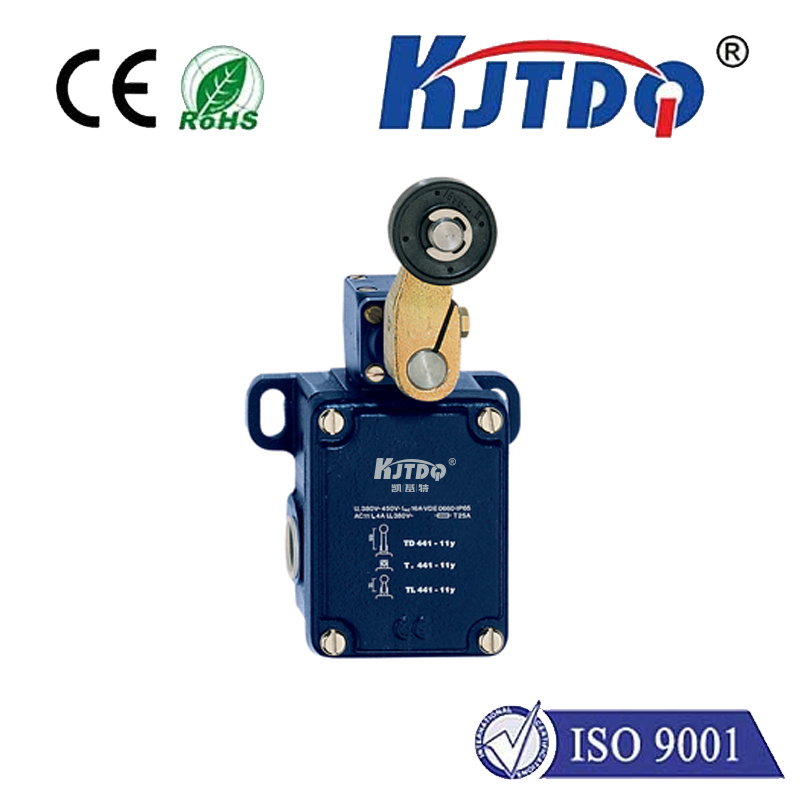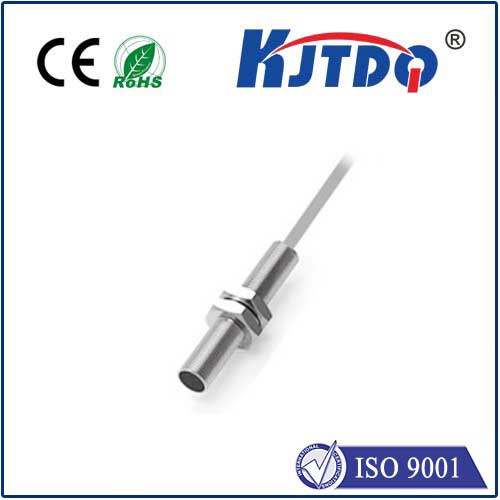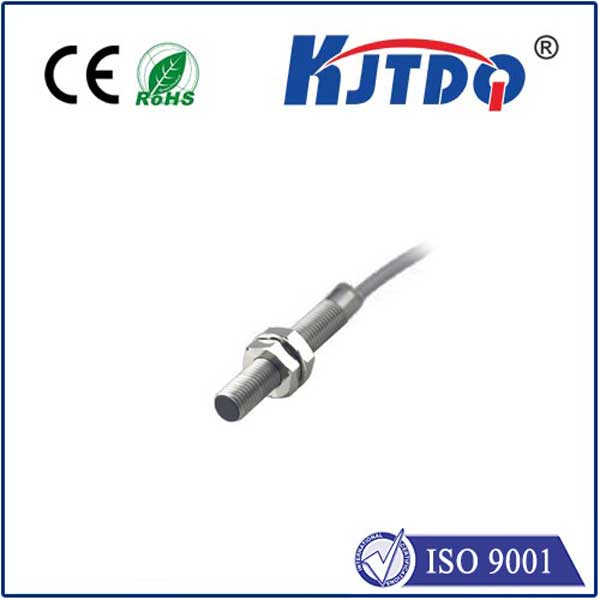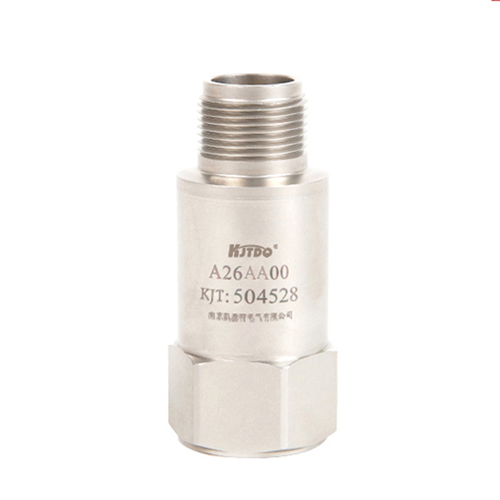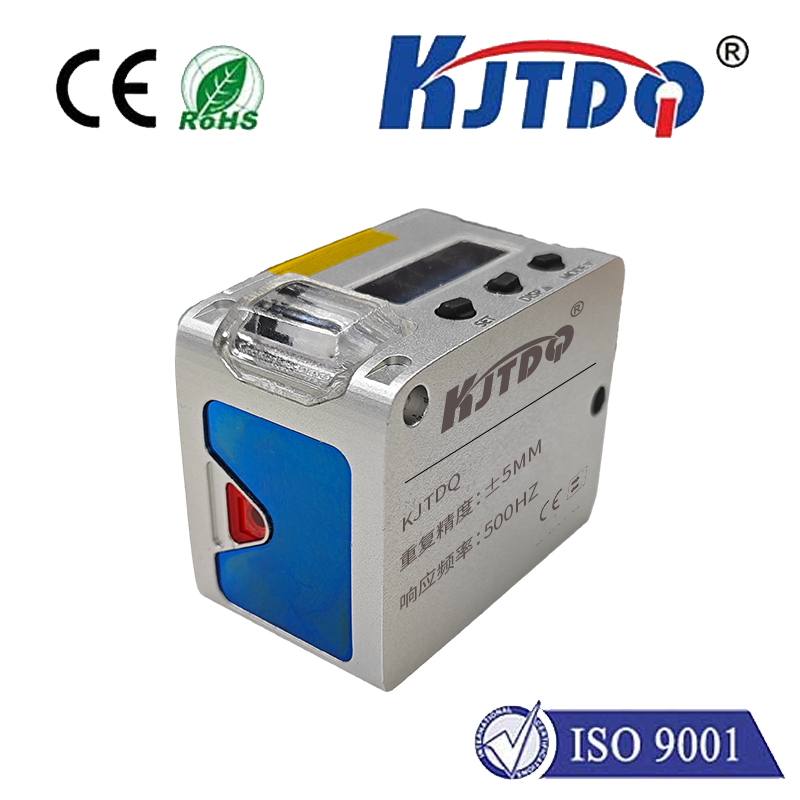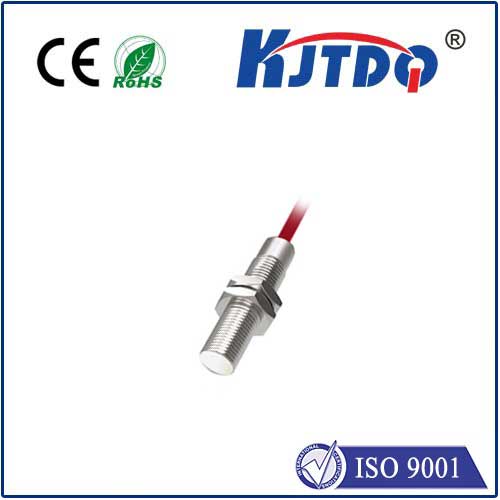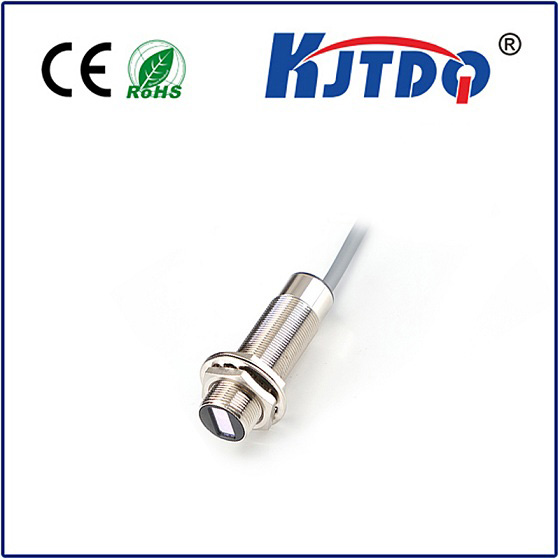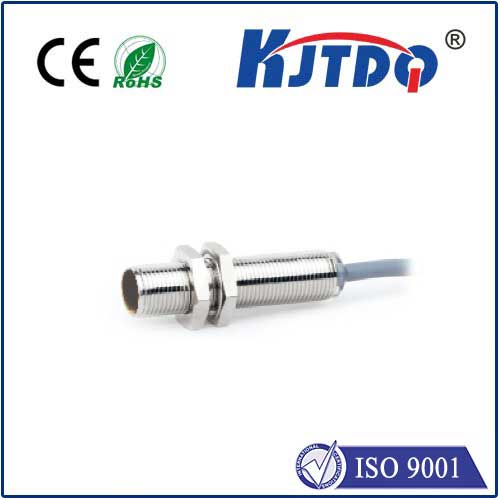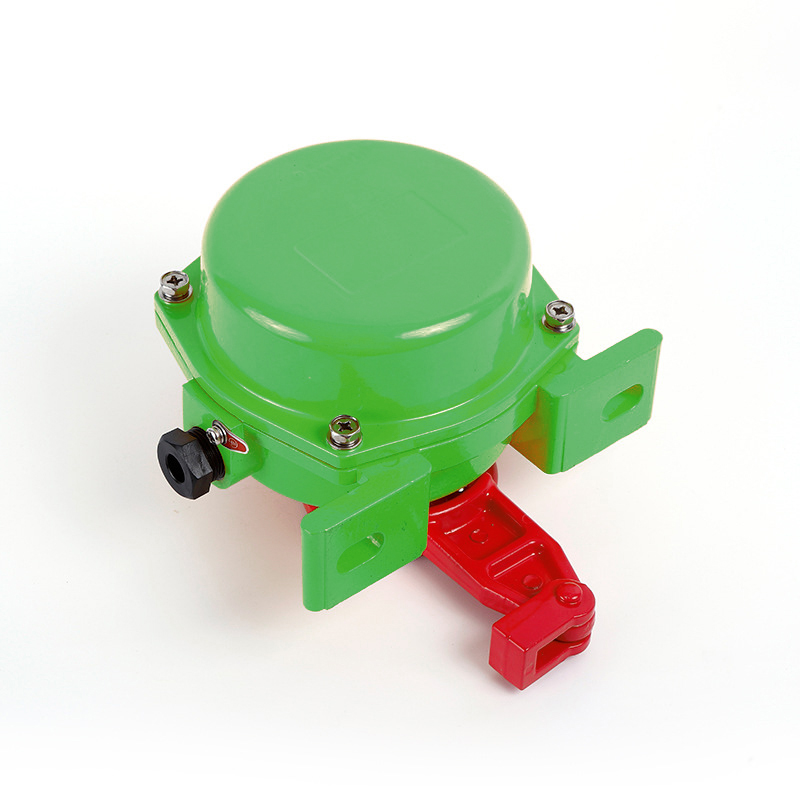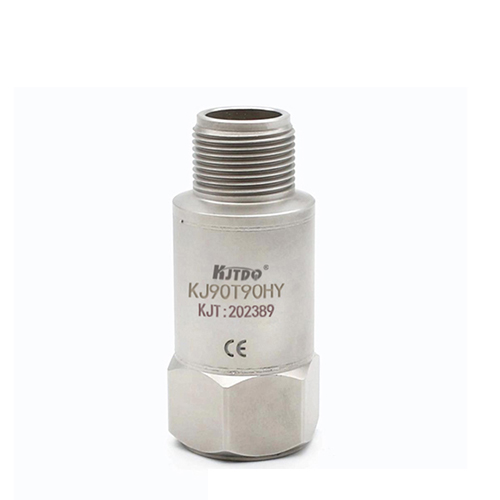teknic proximity sensor
- time:2025-07-19 08:53:50
- Click:0
Unlocking Precision: Why Teknic Proximity Sensors Dominate Industrial Automation
In the intricate dance of modern manufacturing and automation, where robotic arms swing with millimetric accuracy and conveyor belts hum with relentless rhythm, unseen sentinels play a pivotal role. Proximity sensors are these silent, unsung heroes, and Teknic, Inc. has carved out a reputation for engineering some of the most robust, reliable, and precise options available. Understanding why Teknic proximity sensors are often the preferred choice means diving into the technology, the engineering philosophy, and their critical impact on system performance and uptime.
Proximity sensors, fundamentally, detect the presence or absence of an object within a specific range without physical contact. This non-intrusive nature is key to longevity and reliability in demanding industrial environments. They primarily come in several flavors:
- Inductive Sensors: Detect metallic objects using an electromagnetic field. Highly reliable, immune to dirt and dust, and exceptionally durable.
- Capacitive Sensors: Detect both metallic and non-metallic objects (liquids, plastics, wood) by sensing changes in capacitance. Versatile for material handling and level detection.
- Magnetic Sensors (Reed Switches): Detect the presence of magnets. Simple, low-cost, often used for position sensing.
- Photoelectric Sensors: Use light beams (visible or infrared) to detect objects. Excellent for long ranges and detecting any opaque material.
While Teknic offers solutions across sensor technologies, their inductive proximity sensors are particularly renowned for their performance in core industrial automation and motion control applications, areas central to Teknic’s expertise.
Engineering Excellence: The Teknic Difference
So, what elevates a Teknic proximity sensor above the commonplace? It boils down to a relentless focus on precision, reliability, and seamless integration within complex motion systems.
- Uncompromising Build Quality: Designed for the rigors of industrial settings, Teknic sensors often feature rugged stainless steel or nickel-plated brass housings. They are built to withstand shock, vibration, fluids, and electromagnetic interference (EMI/RFI) that are commonplace on factory floors. Robustness is non-negotiable.
- Superior Noise Immunity: Industrial environments are electrically noisy. Teknic engineers their sensors, especially the inductive types, with exceptional immunity to EMI and RFI. This drastically reduces false triggers and signal corruption, ensuring consistent and accurate detection – a critical factor for maintaining high-speed precision and preventing costly machine downtime. Signal integrity is paramount.
- Precision Sensing & Repeatability: Whether it’s detecting the end position of a high-speed linear slide or confirming the presence of a part before a robotic operation, accuracy is everything. Teknic sensors offer high repeatability – meaning they consistently detect an object at the exact same point every single time. This level of precision is essential for synchronized motion control.
- Seamless Integration with Teknic Motion Systems: This is a significant advantage for users already employing Teknic servo drives or motors (like their ClearPath® series). Teknic proximity sensors are often optimized to work flawlessly within Teknic’s ecosystem. Wiring is simplified, and communication protocols may be streamlined, reducing setup time and potential integration headaches. They act as a natural, reliable input for Teknic control systems.
- IP Ratings for Protection: Many Teknic sensors boast high IP67 (or higher) ratings. This signifies exceptional protection against dust ingress and temporary immersion in water, making them suitable for washdown environments or areas prone to coolant splashes. Environmental resilience extends lifespan.
Where Teknic Proximity Sensors Shine
The unique strengths of Teknic sensors make them indispensable across diverse demanding applications:
- Machine Tooling: Precise detection of tool positions, workpiece presence, and door interlocks on CNC machines and machining centers, where vibration and coolant are constant companions.
- Packaging Machinery: High-speed detection of bottles, cans, packages, and labels on blister packers, fillers, and cappers. Reliability prevents jams and ensures product consistency.
- Material Handling: Detecting pallet positions on AGVs (Automated Guided Vehicles), confirming part presence on conveyors, and triggering sorting gates in warehouse automation.
- Robotics: Providing critical feedback for end-of-arm tooling (EOAT), like confirming grip on a part (part present sensing) or detecting the exact position of a robotic arm joint for precise movement.
- Semiconductor Manufacturing: In the ultra-clean but electrically noisy environment of fabs, highly reliable sensors monitor wafer handling robots and position delicate components.
- In-House Motion Control Systems: As a core component within bespoke automated machinery built using Teknic servo components, ensuring precise sequencing and positional feedback.
Selecting the Right Teknic Proximity Sensor
Choosing the optimal Teknic proximity sensor involves considering several factors:
- Detection Principle: Inductive (metals only) is generally preferred for ruggedness and noise immunity in core machinery. Capacitive is needed for non-metals or specific applications like level sensing.
- Sensing Range: Required distance to reliably detect the target object.
- Output Type: NPN/PNP transistor outputs (sinking/sourcing) are standard; ensure compatibility with the controller’s input requirements.
- Connection Type: Cable, axial M8, M12 connector? Choose for ease of installation and maintenance.
- Environmental Factors: Temperature extremes, chemicals, washdown requirements (dictating IP rating), and potential electrical noise levels.
- Mounting: Space constraints dictate barrel style (threaded cylindrical) or block-style sensors. Embedded or shielded sensors offer flush mounting capabilities where space is tight or side detection is undesired.
Beyond Just Detection: Enabling Intelligence
In the context of Industry 4.0 and the Industrial Internet of Things (IIoT), proximity sensors are fundamental data points. The robust and consistent feedback provided by high-quality sensors like those from Teknic feeds into higher-level control systems, enabling predictive maintenance (detecting unusual wear patterns via position shifts), process optimization, and data-driven decision-making. Reliable sensor data is the bedrock upon which intelligent automation is built. When the feedback loop starts with a sensor that might miss a detection or trigger falsely, the entire system’s intelligence and efficiency are compromised. Therefore, investing in proven, high-performance proximity sensors isn’t just about replacing a component; it’s about safeguarding the precision, uptime, and intelligence of the entire automation system. In mission-critical applications where precision and uptime are paramount, the engineering pedigree and proven reliability of Teknic proximity sensors make them a compelling, often superior, choice.





